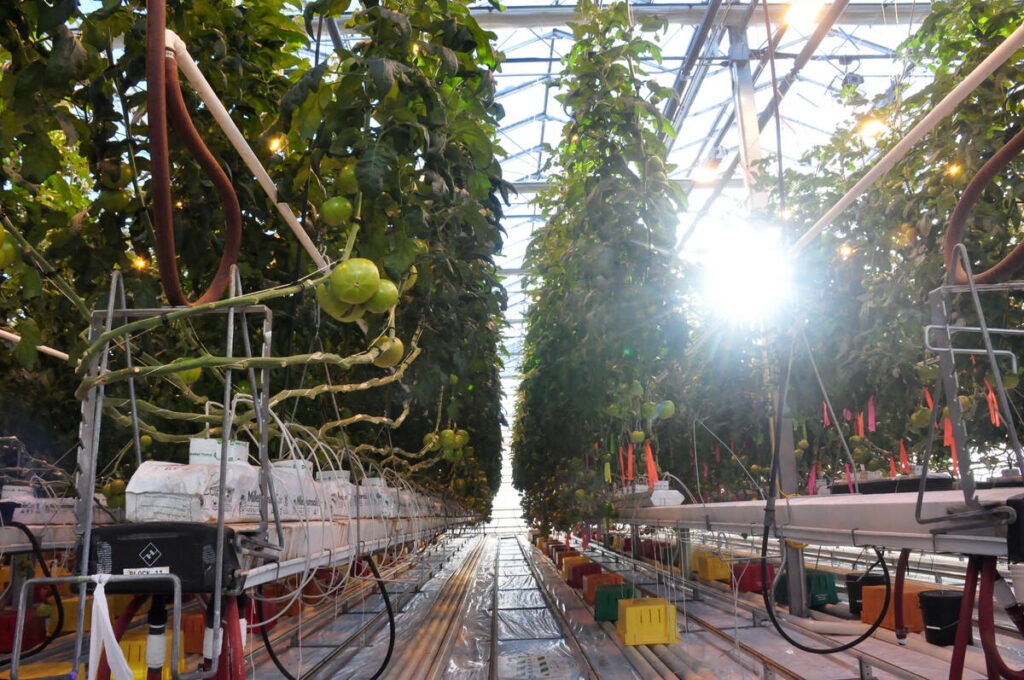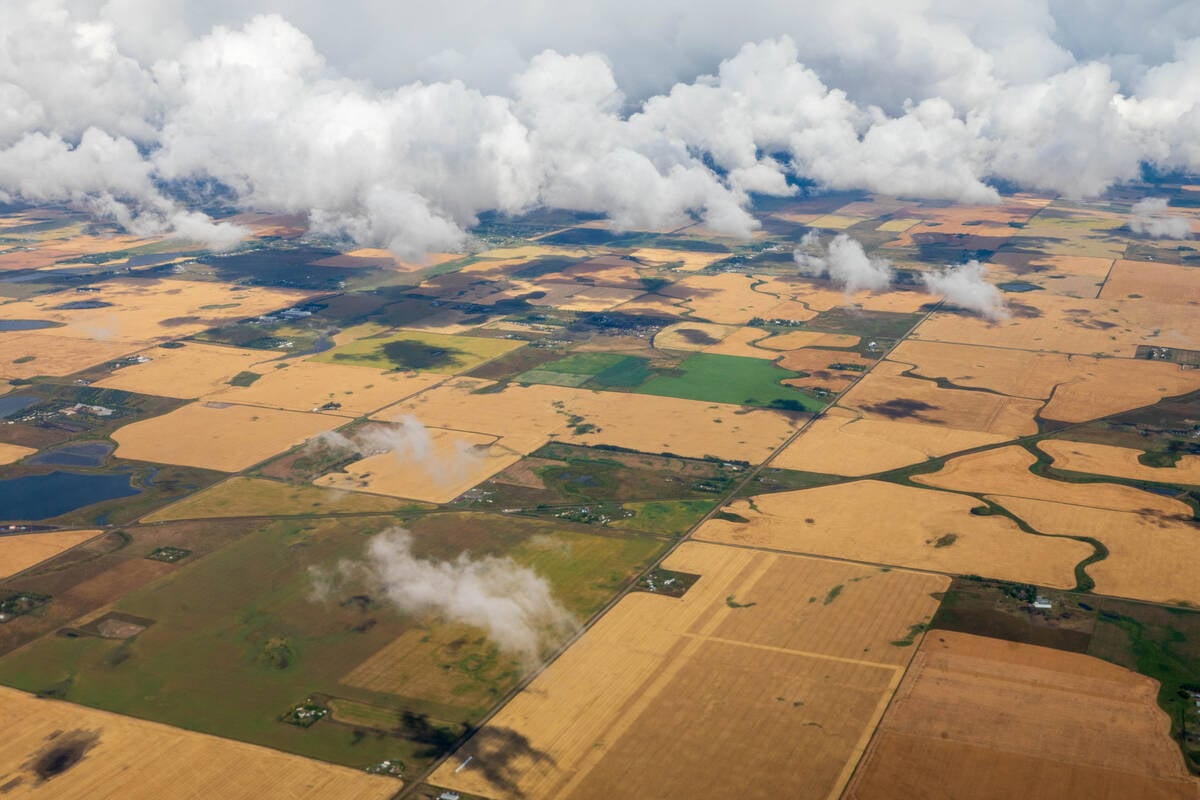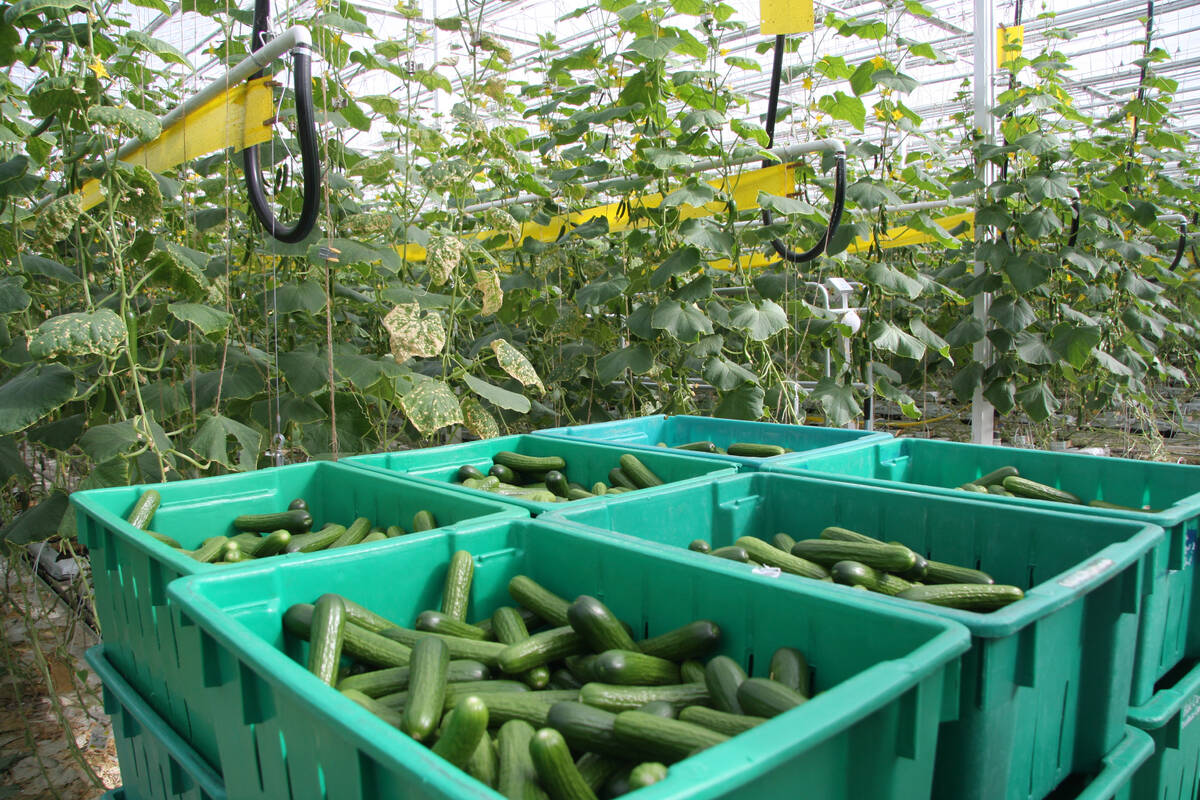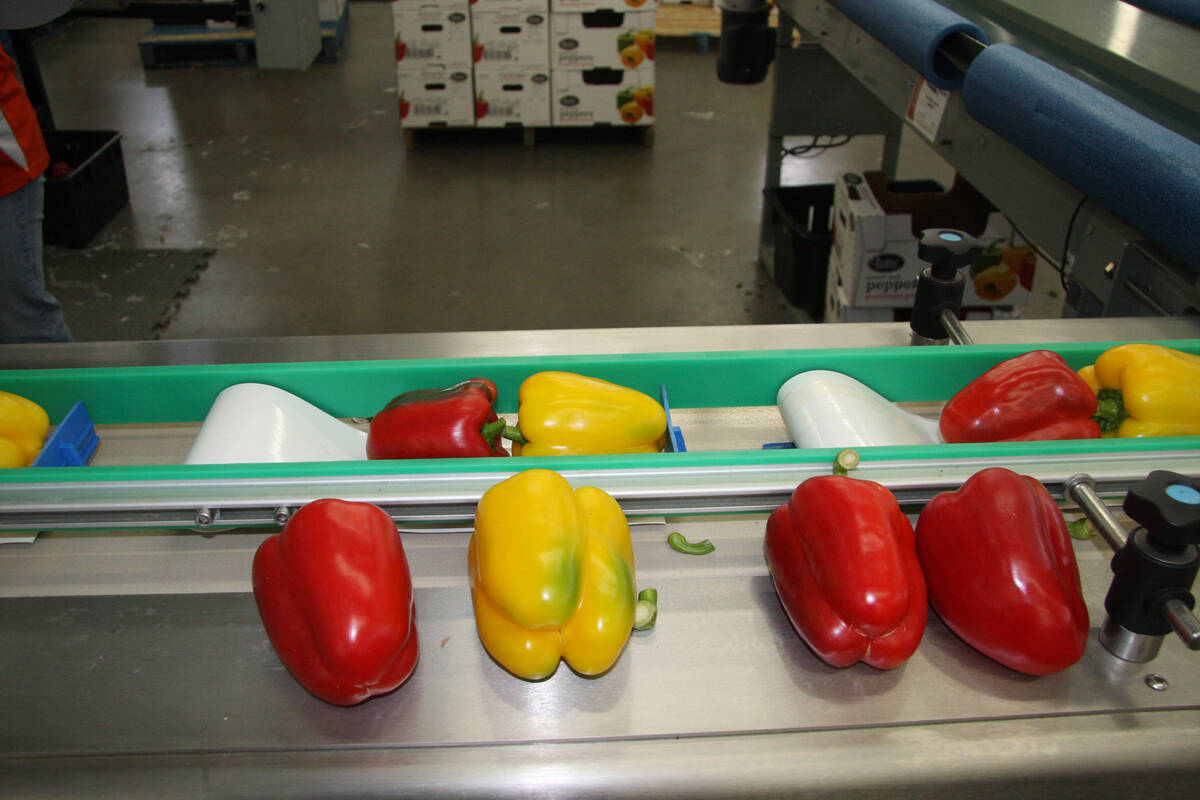Greenhouse sales hit $2.7 billion in Canada

WINNIPEG — Almost all of the fruit and vegetables grown in greenhouses in Canada are tomatoes, bell peppers and cucumbers.
The greenhouse industry may be hyper-focused on those products, but the strategy seems to be working.
From 2014-24, farmgate sales of greenhouse fruits and vegetables more than doubled in Canada, going from $1.25 billion in 2014 to $2.7 billion last year.
Read Also


What happens to an estate with assets outside of province?
Consider this situation: Dan is 75 years old and widowed with three children. He has a successful farming operation in Saskatchewan, but also owns farmland in Alberta and has a condo in Palm Springs. How do we deal with these assets on Dan’s death?
That’s 120 per cent growth in 11 years.
Those numbers come from Statistics Canada, which released data in April on Canada’s greenhouse, sod and nursery industries.


The StatCan report said the area dedicated to greenhouse fruits and vegetables expanded by more than 10 million sq. feet last year.
“Canada’s greenhouse area for fruits and vegetables expanded by nearly one million sq. metres to reach 23.4 million sq. metres (252 million sq. feet) in 2024,” the report says.
“Tomatoes (31.6 per cent), peppers (30.3 per cent) and cucumbers (29.6 per cent) accounted for the majority of greenhouse-grown fruits and vegetables in 2024.”
The remainder of greenhouse space for fruit and vegetables is used for lettuce, strawberries, eggplants, fine herbs and wax beans, says an infographic from Fruit & Vegetable Growers of Canada.
There is other positive data in the StatCan report:
• The number of employees in greenhouse fruit and veggie production went from 13,900 in 2020 to 15,900 in 2023.
• Total greenhouse area (for all products) expanded from 305 million sq. feet in 2020 to 359 million in 2024.
The growth in the greenhouse sector is a great story within Canadian agriculture, but industry leaders are worried about trade and tariffs.
Producers of greenhouse tomatoes, cucumbers and peppers depend on the U.S. market for exports. In 2023, those exports were worth $1.7 billion.


Any sort of trade or tariff battle with the United States is an enormous challenge for all fruit and vegetable producers in Canada, including greenhouse growers.
“Canada’s fruit and vegetable sector is uniquely exposed to trade disruptions. Perishable goods can’t sit indefinitely in warehouses or be rerouted through alternative markets,” Massimo Bergamini, executive director of Fruit and Vegetable Growers of Canada, said in April.
The association reminded prime minister Mark Carney following the April 28 federal election that food production should be a top priority for his government.
“We cannot afford to take Canadian-grown food for granted,” Bergamini said.
“FVGC is ready to work with the new government to make sure that all policy decisions strengthen — not weaken — our domestic food supply.”
Contact robert.arnason@producer.com
Source: producer.com


